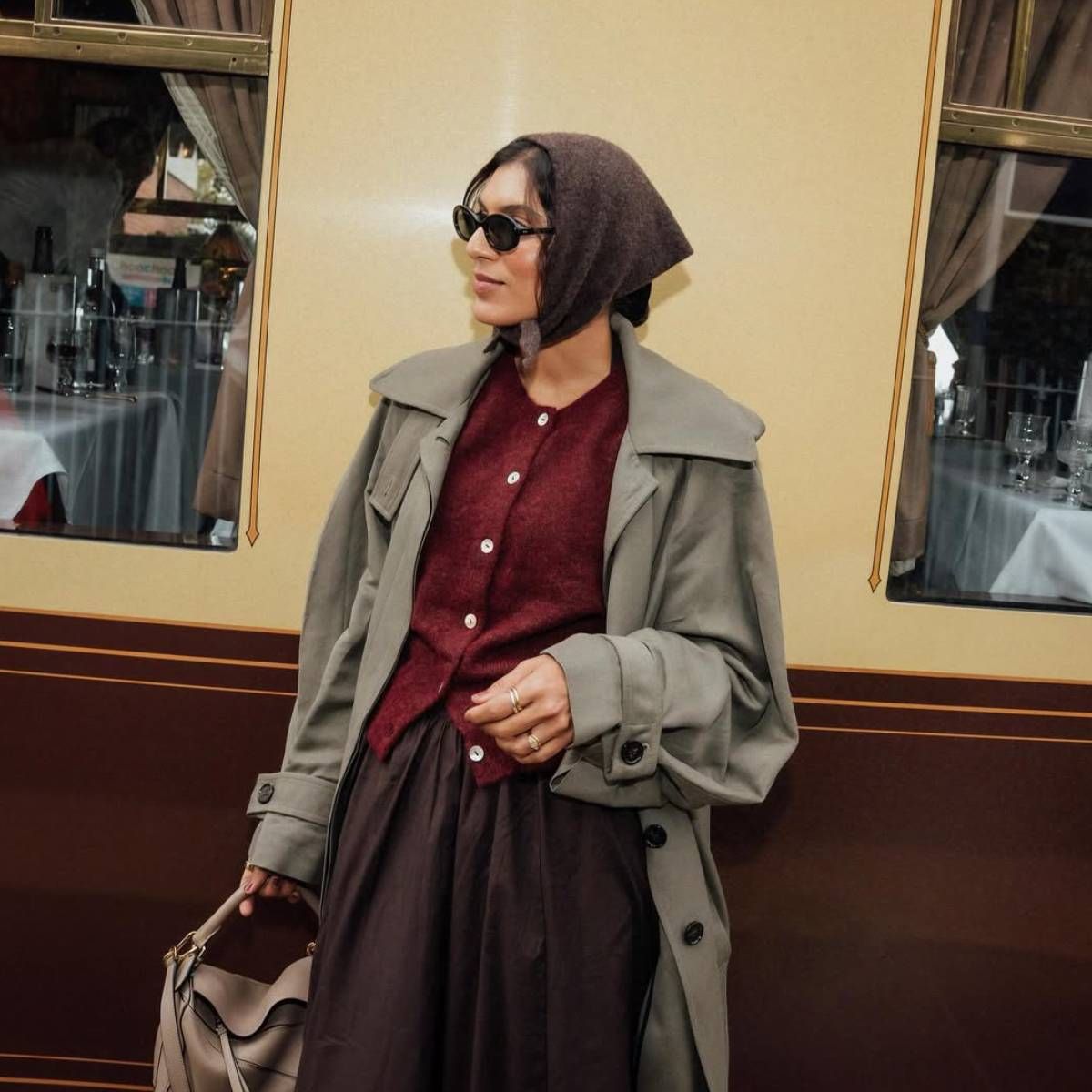Travel
National parks aren’t just places. What you should know about the people.

Discover these hidden National Parks rich with Native American history
If American Indian history intrigues you, check out this trio of hidden gems within the National Park System.
Scott L. Hall, USA TODAY
- America’s national parks and other scenic landscapes are often celebrated for their beauty and grandeur, but they hold deeper significance as the ancestral homelands of Native tribes.
- Through guided experiences and cultural storytelling, Indigenous voices are sharing the rich history and connection to these lands, offering travelers a chance to see beyond the scenery.
- Travelers who want to learn more through Native-led travel can find opportunities across the country through the American Indian Alaska Native Tourism Association’s consumer-facing website NativeAmerica.travel.
Stunning. Massive. Wild. Of all the words associated with America’s national parks and scenic landscapes, there’s one word some travelers forget: homeland.
“When our visitors come from afar, they are walking on the lands that have been and the footprints of our ancestors,” Albert Brent Chase, a Navajo (Diné) cultural educator and language teacher, told USA TODAY during an Adventures by Disney trip through Arizona and Utah.
Disney’s guided group travel arm specializes in connecting travelers to places through people and stories. On this particular trip, many storytellers were Navajo and Hopi, whose tribes are deeply tied to places the tour group visited along the Colorado Plateau.
You won’t see America the same way: Experiencing Native-led travel
“We want our people that come to visit the Southwest to know that this is us. This is the people that you’re visiting. And Navajo is just one,” Chase said. “There are many different tribes with their own unique stories, their own new cultural uniqueness.”
While America’s national parks and other picturesque landscapes are often celebrated for their beauty and grandeur, they hold deeper significance as the ancestral homelands of Native tribes. Through guided experiences and cultural storytelling, Indigenous voices are sharing the rich history and connection to these lands, offering travelers a chance to see beyond the scenery.
First peoples
There are 574 federally recognized tribes in the U.S. and still more without federal recognition.
“The stories and heritage of the first peoples that inhabited this land run long and deep,” the National Park Service says on a section of its website dedicated to American Indian Heritage. “The National Park Service is committed to working with American Indians, Alaska Natives, and Native Hawaiians to preserve native cultural heritage and celebrate tribal cultures.”
However, that wasn’t always obvious. When National Park Service Director Chuck Sams took office in 2022, he told USA TODAY that when he visited the parks some 30 years ago, “There wasn’t a whole lot of recognition of the people who had been there for thousands of years.”
Sams, who is Cayuse and Walla Walla and an enrolled member of the Confederated Tribes of the Umatilla Indian Reservation in Oregon, has pushed for more co-stewardship of the parks with Native tribes.
“Many parks are focusing on providing platforms for Indigenous people to share their own stories and complete histories with park visitors.” Dorothy FireCloud, NPS Native American Affairs Liaison said in a statement. “Parks throughout the country are working with tribes and Indigenous communities to develop collaborative partnerships around interpretation.”
Glacier, Glacier Bay, and Yellowstone are among the parks with places or programs where visitors can meet and learn from tribal members. Park-specific details are available on the National Park Service’s website and app.
Connecting with others
Face-to-face time can be critical for building connections to both people and place, as Derrick Suwaima Davis, another Native storyteller, has experienced personally.
“What really helps me is from my travels, visiting with other people and learning from them about culture and being able to then share mine in a unique way and find that common thread of culture of maintaining balance and wanting safety,” he said, voice raspy after an evening of storytelling in Sedona, Arizona.
Davis is Hopi and Choctaw and from Orayvi (Oraibi), one of the oldest continuously inhabited communities on the continent. It’s located on the Hopi Reservation, which is bordered on all sides by Navajo Nation, in Arizona.
“Our cultural land boundaries are stretched beyond our reservation boundaries,” he explained. No Native tribe’s historic homeland is reflected by current borders. “We still work with other tribes or the state, private lands, government lands to be able to visit many of our sacred sites.”
Earlier in the evening, in between playing a traditional flute and drums, he shared Hopi stories of emerging from the earth and caring for it as stewards.
“For us, it’s just really to understand that even our own physical body, we don’t own that. It’s, in time, going to return back to what it grew from,” he explained. “I just want to encourage everyone to just think about who they are, why they’re here, and have this experience as a human being, and make the best of it.”
Remembering roots
One of the things Chase asked the tour group was where they’re from, and he didn’t just mean America.
“Where did your ancestors come from?” he echoed, speaking with USA TODAY after his presentation, just yards from Grand Canyon’s South Rim. “They cannot forget their roots.”
He’s dedicated his life to preserving and sharing Navajo history and heritage and has worked on creating curriculum for Navajo schools.
“We feel blessed to walk forward into the generations, teaching what we can and leaving our footprints on this earth and knowing that we’ve done all we can to not only teach our own people, but to teach all people in general, so that they become connected.”
During his presentation, he spliced in stories on subjects ranging from basket weaving to Native American boarding schools to Navajo code talkers in between dances by an accompanying troupe.
“We don’t call ourselves entertainers,” he said. “We call ourselves cultural teachers and cultural educators through music, dance and storytelling.”
He hopes to inspire people to want to learn more on their own.
“You might even pick up some things that will make you whole and use it in your own personal life,” he said. “Something added to your spiritual walk that you can continue to walk with, maybe share with someone.”
Still here
One thing Don Mose III, who’s also Navajo, wants travelers to know is “We’re still here.”
“Our brothers and sisters across the nation are not even aware that we are still here and alive,” he said in Monument Valley, on one of the last nights of the trip.
While many people may have seen Monument Valley’s breathtaking buttes in films like “Stagecoach” and “Forrest Gump” and even the Disney attraction Soarin’ Around the World, they may not realize it’s part of Navajo Nation or that is has its own equivalent of a national park, Monument Valley Navajo Tribal Park.
“But there is more to just the beautiful scenery. There is a spirit, and it’s alive. And if you really reach down inside yourself, you feel it,” Mose said.
He said the whole area is sacred, and the group could feel how special it is as Mose and his band, Dark Sky, shared music and stories with them by a fire, amid the red rock, under the stars. On several occasions, like Davis and Chase, they invited the visitors to join them, dancing around the fire.
“I love that those little kids came and participated with this. You know, that’s something they’re going to remember for the rest of their lives,” he said with a wide smile. “We just all need to learn a little bit about each other’s cultures, and we’d all be so much better off.”
Beyond Adventures by Disney trips and national parks, travelers who want to learn more through Native-led travel can find opportunities across the country through the American Indian Alaska Native Tourism Association’s consumer-facing website NativeAmerica.travel.
The reporter on this story received access to this experience from Adventures by Disney. USA TODAY maintains editorial control of content.










